Hello Everybody, hope all is well
I’ve been busy and studying hard as always (all the while juggling work and life) but it’s great to get back to the blog
As many of you know, i do a lot of film photography work (i prefer it even though i do work with Digital photography as well) and i develop 99% of it at home, mostly 35mm.
After i develop my 35mm rolls, i would always scan them using the Plustek 8200i film scanner and use the Silverfast or Vuescan software to convert them into JPG/Tiff format
This would take a very long time (even though i loved the results!) especially when developing 3-4 rolls at the end of the day, which is often
I began to think about how there may be a faster way of doing this without spending a lot of money on labs or much more expensive scanners..
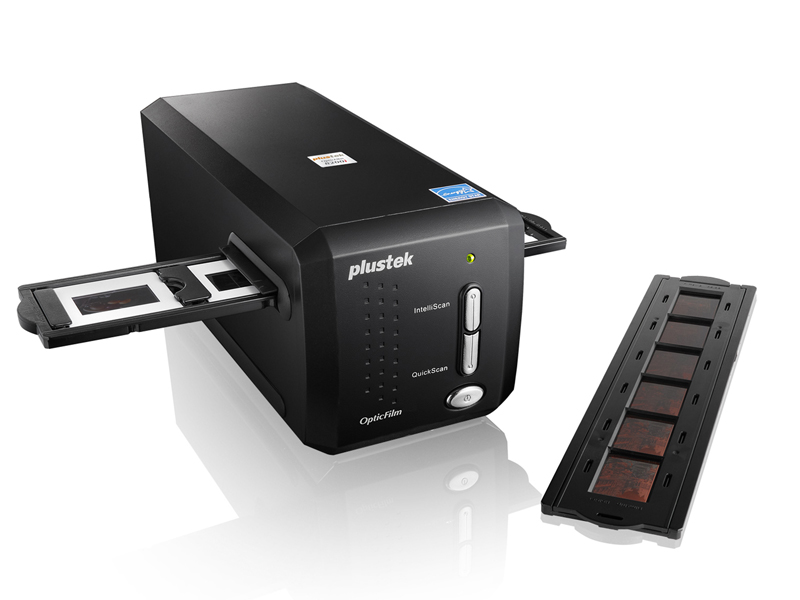
I then did a quick google search and came across a way 😉
gotta love the internet
There existed a device that was used a lot during the heyday of Film Photography called the Kodak Pakon F-135 Plus film scanner.
This device is able to scan entire uncut rolls in less than 5 minutes!
Well, according to many who i have heard use it
Also, There is an AMAZING Facebook group dedicated to this scanner that has been a great help with any questions that i have as far as the set up and use of this device:
So I, of course, looked it up on youtube as well and after a while, came across this video by camera gear reviewer/photographer Matt Day:
If you’ve paid attention to my blog (and how compulsive i can be lol), you def know what happened next..
I went out and sought somewhere i could purchase one ASAP
I found out about a place in California called AAA Imaging Solutions which had them refurbished and in stock!
Years ago they were discontinued (and i think this is why it’s software only runs in Windows XP) when film was losing popularity but some places such as this still sell them.
I placed an order, called their support (which was super friendly and super responsive!) and ordered one right away
Here is a quote from another popular reviewer that i respect named Steve Huff:
The most important factor for me though was the color rendering that I get from this scanner. Kodak designed the software that is used and it produces color that is so good it only requires a very minimal amount of post-processing. Highlights and shadows are both heavy with detail and skin tones are some of the best I have seen from any scanner, easily rivaling those from both the Frontier and Noritsu scanners I have used. I have created a number of 16×22 prints from Pakon scans that are fantastic.
So, are there any downsides to this magical little machine? Only one as far as I can see: it only handles 35mm film. My answer to this was to continue using the Epson V600 for medium format and incorporate the Pakon for my 35mm work, which grew exponentially after getting this scanner up and running. For those who shoot a lot of 35mm film or those who may have a large quantity of old film they would like to digitalize, I highly recommend you give the Pakon some serious consideration. I am sure that you will find it an excellent tool for your needs.
I’d like to show you some of the results i got out of this scanner 🙂
But first, i’d also like to mention how this relates to my previous post
My previous post was about how i would be developing color film (C-41) at home for the first time using the Tetenal C-41 Press Kit for Color Negative Film
Well, i went through the steps outlined in the documentation that came along with the kit and got it completed
So not only are these results from the first time of my using of this scanner, but it’s also the first time developing color on my own using this kit.
Without further delay..
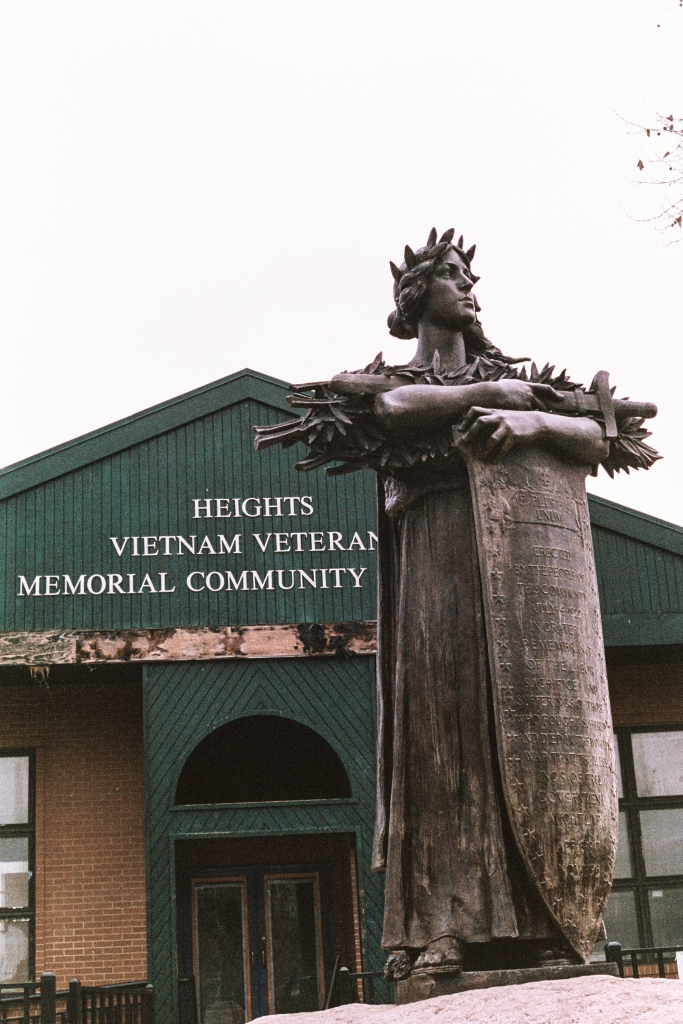


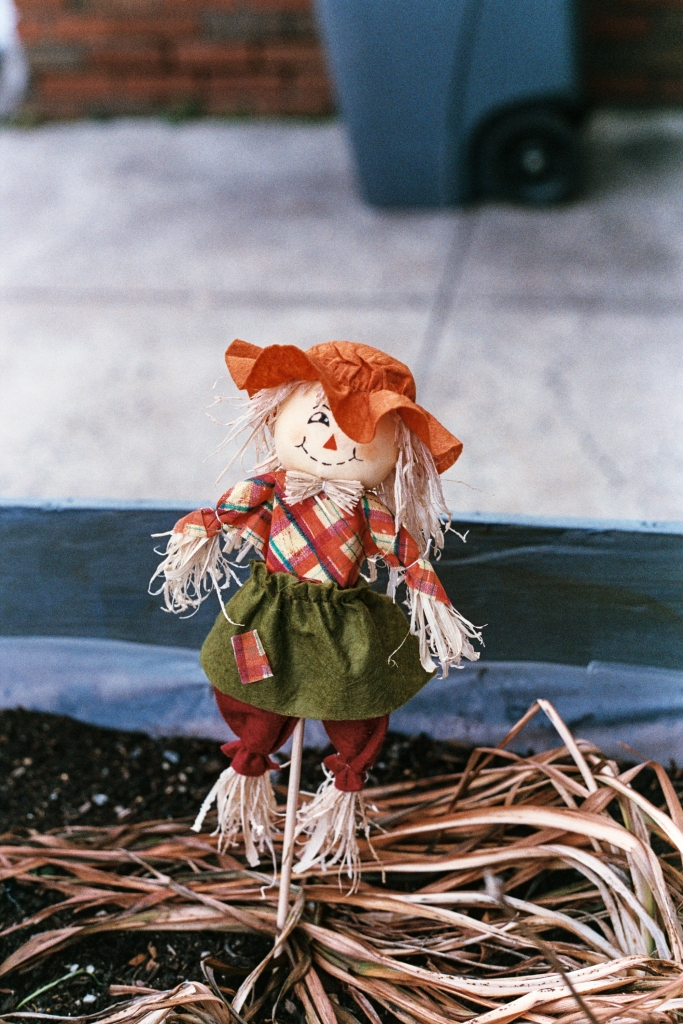
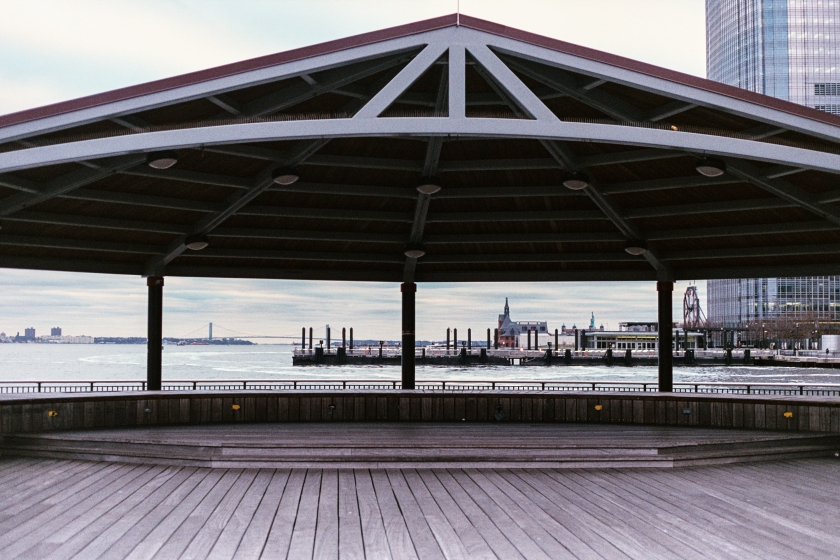
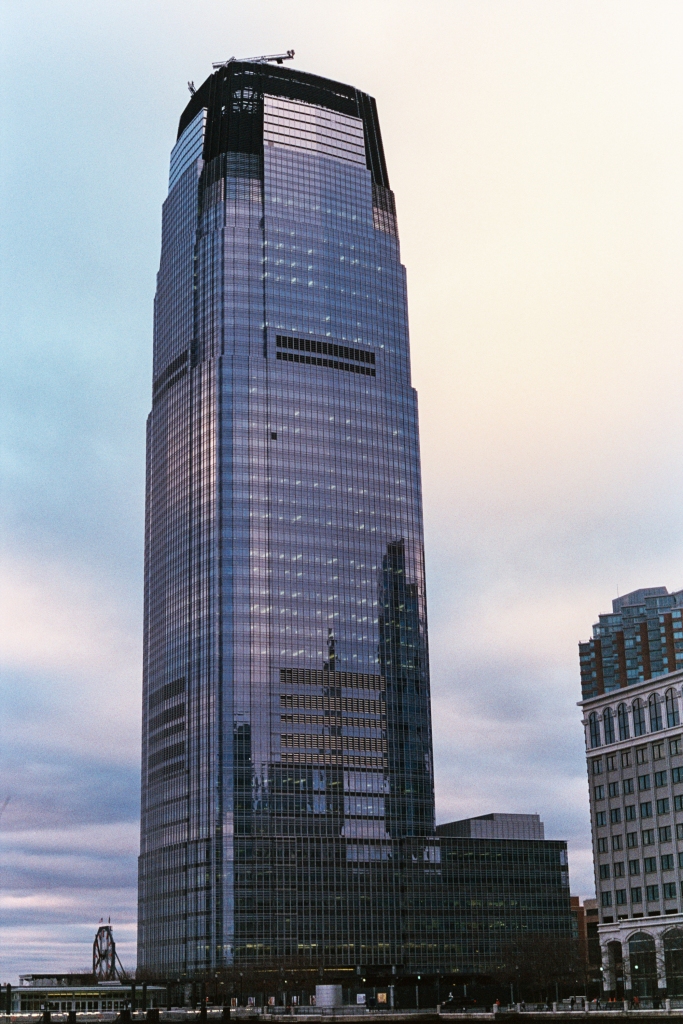
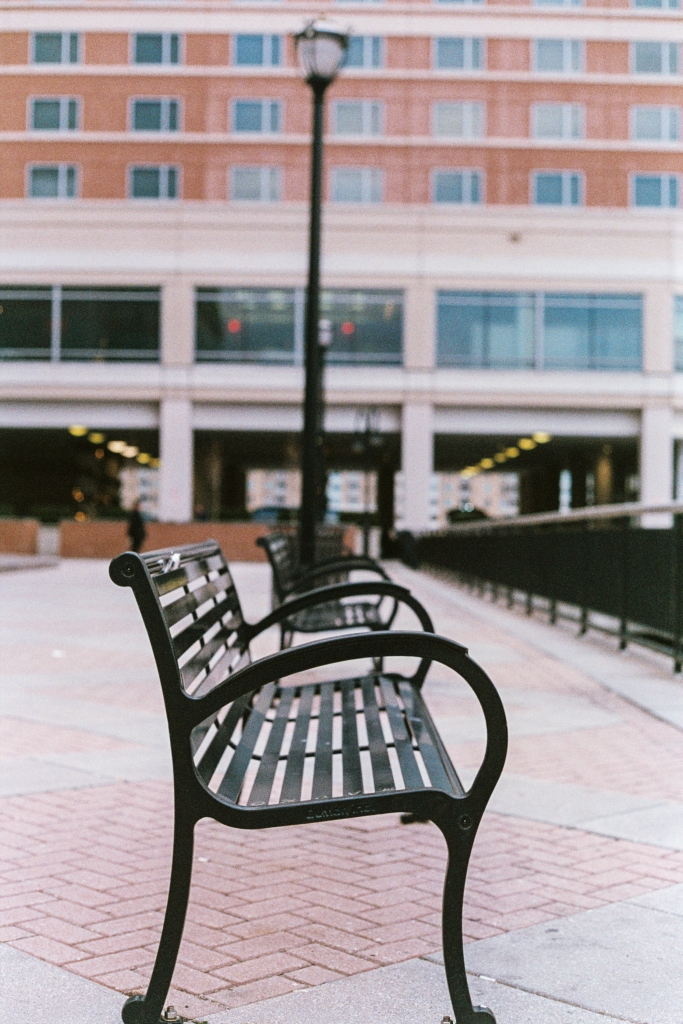
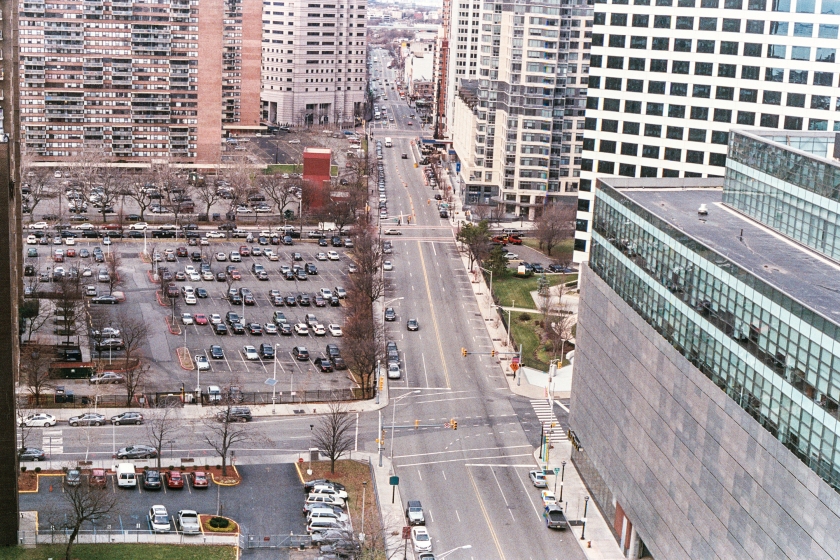
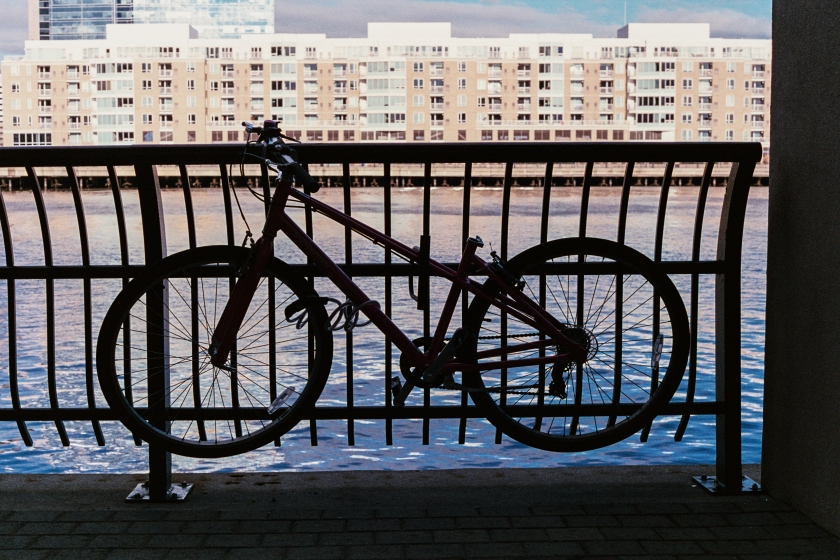
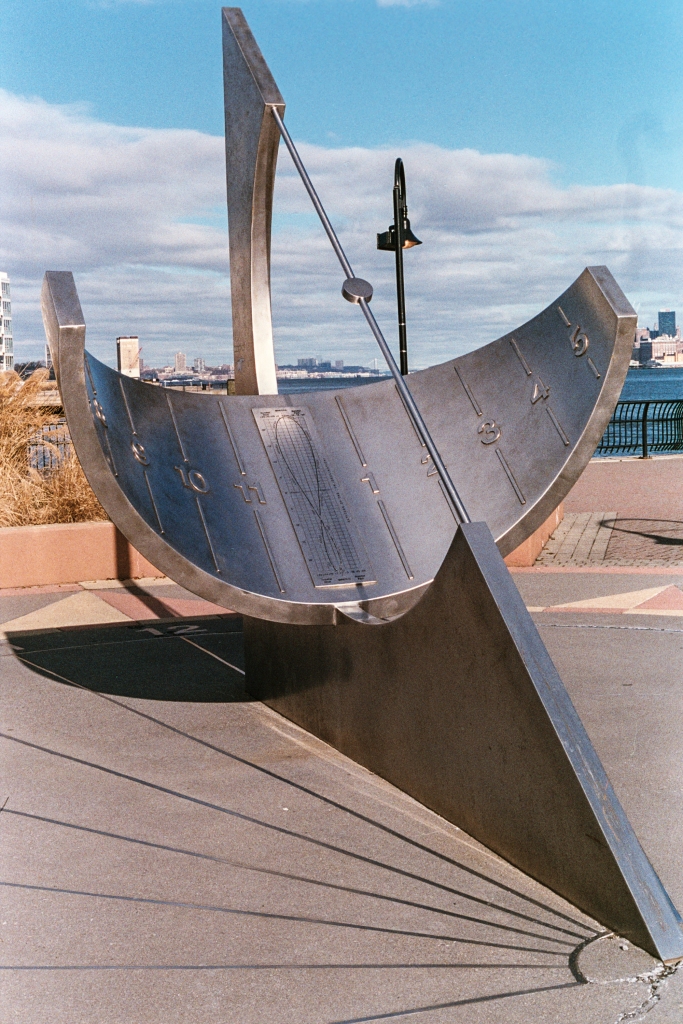
I’m more than a little satisfied by the results i got back from this scanner and the C-41 kit.
Now without getting TOO technical, i’d like to mention that i scanned this using a Windows 7 machine with Windows XP running virtually.
By this i mean, i was running a virtual Windows XP installation within my Windows 7 machine using a special piece of software.
This can be done on a Mac and number of different ways with many different host operating systems, Windows XP would be the guest operating system
If you’re interested in doing a similar set up as mine, please check out the link HERE
Here are some other images i took of family having fun at the park recently
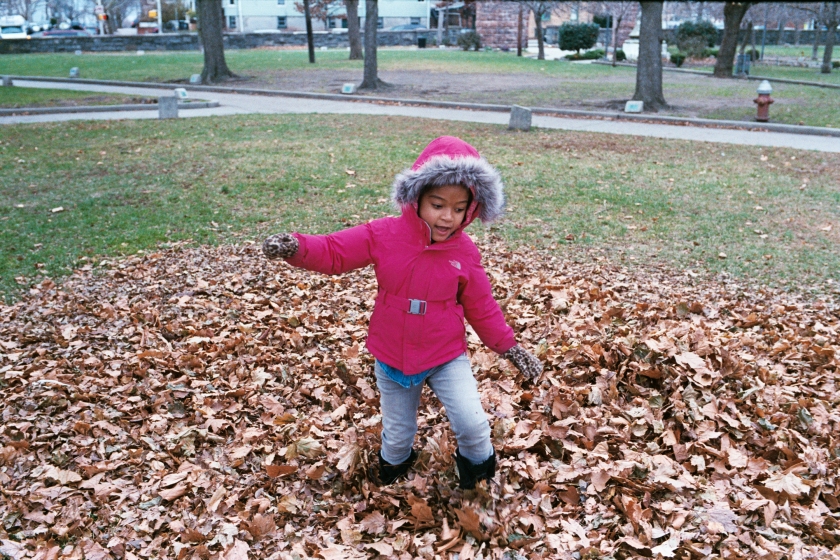
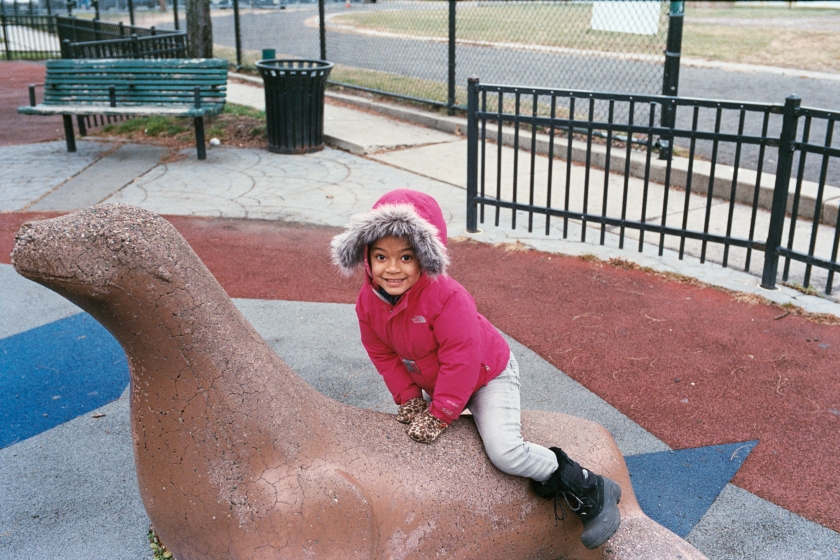
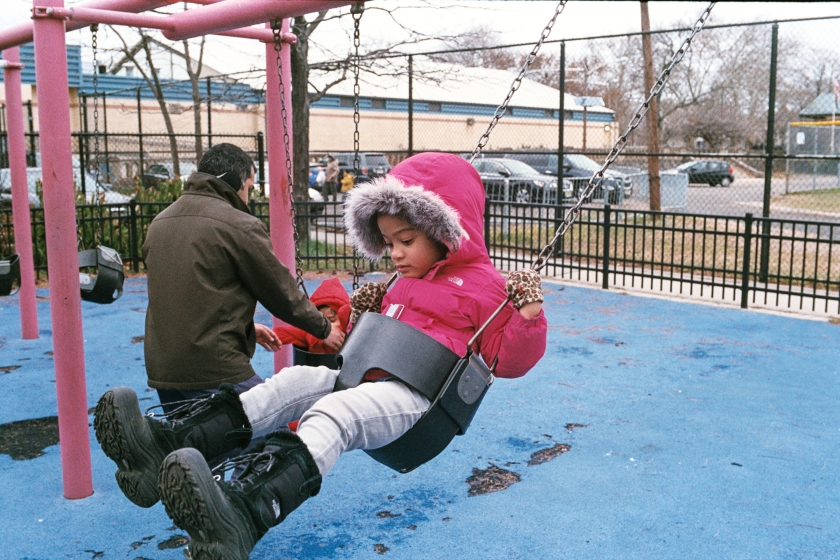
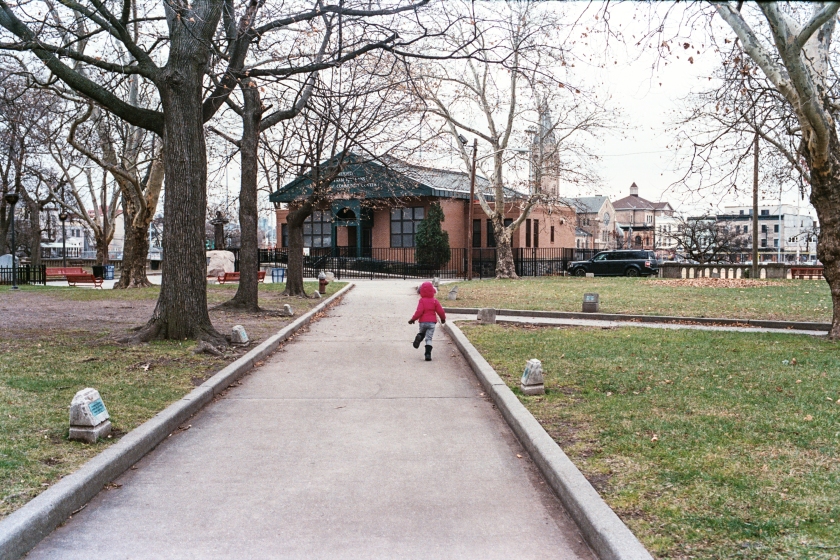
Feel free to check out the Facebook group if you have any questions/observations.
They really are a great help to me and many others.
Hope this post was some help to you as well
Gear and Film Used:
Leica M6
Voigtlander 35mm F1.7 Ultron
Canon A1
Canon FD 50mm F1.8
FujiFilm Superia XTra 400 with both cameras
Peace!

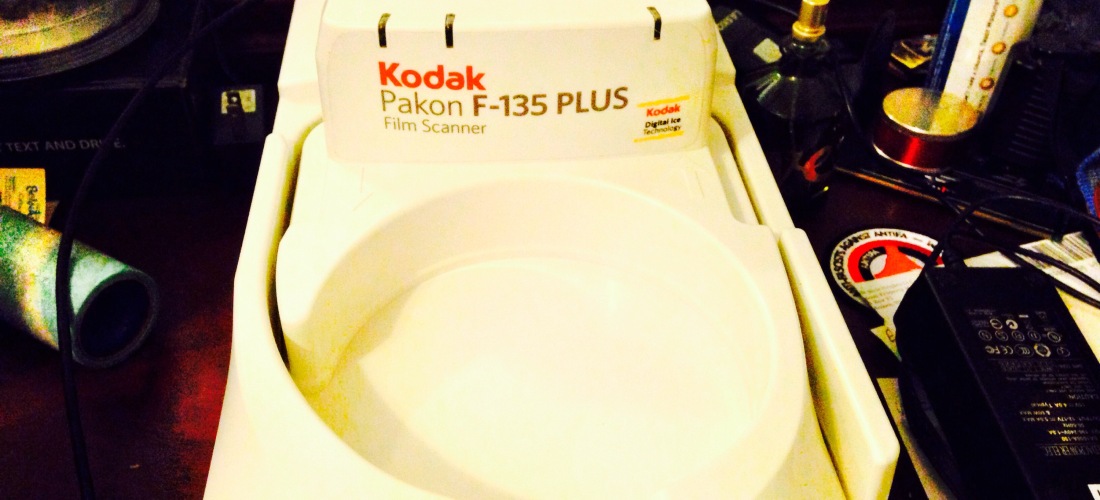
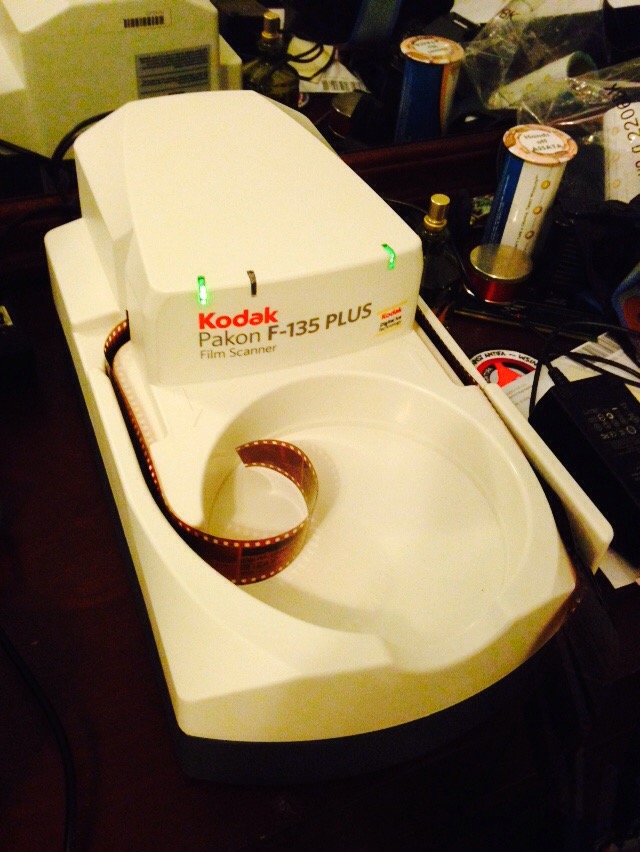
Nice. I’m getting one next month when I have the money, can’t wait to use it!
i’ve been scanning like a madman ever since i got it!
In Steve’s quote he mentions he needed to do little post-processing. How is you experience?
At times, some of the images can be a bit flat so i import into lightroom and do some contrast/clarity adjustments. I had to do this with the Plustek 8200i as well though. Majority of the scans come out great without any touch up needed, at least in my experience so far..but i’ve only done color. I’ll be updating this post with Black and Whites results soon
Hi Miguel,
Thanks for a very informative post.
Not sure if it is appropriate to ask question in the reply section, but here goes anyway. Bought a F135 from ebay a couple of weeks ago and got it running on my Windows 7 machine in XPMode without much difficulties. All the scans I did on it came out well focused, in fact better than some of my efforts with the Epson flatbed. The only problem is all the scans had a yellow (sometimes green) tint cast on them, very different from how colour perfect in most comments I found on the web about the F135.
One thing I have noticed about my scan operations were they always reported DX error. I know this is suppose to tell the F135 what kind of negative is being scanned. Happens with both “PSI” and “TLXClientDemo” scan softwares.
Do you think a faulty DX code reader in the F135 could have caused my yellow cast problem? Very much appreciate your comment.
Regards,
T.L.Ho
Hello T.L.
Sorry for late response.
What film are you scanning?
Hi Miguel,
Thanks so much for responding. The DX errors I got were from negatives over 30 years old (Kodak Gold 100, Fuji etc.) However, scanning more recent negatives do not have this error. The colour cast with the F135 is bit of hit and miss, some has it some don’t, even from the same roll of film. On the whole I am very happy with the F135 because of its speed, multiple times faster than my Epson flatbed.
Regards,
T.L.Ho
thanks